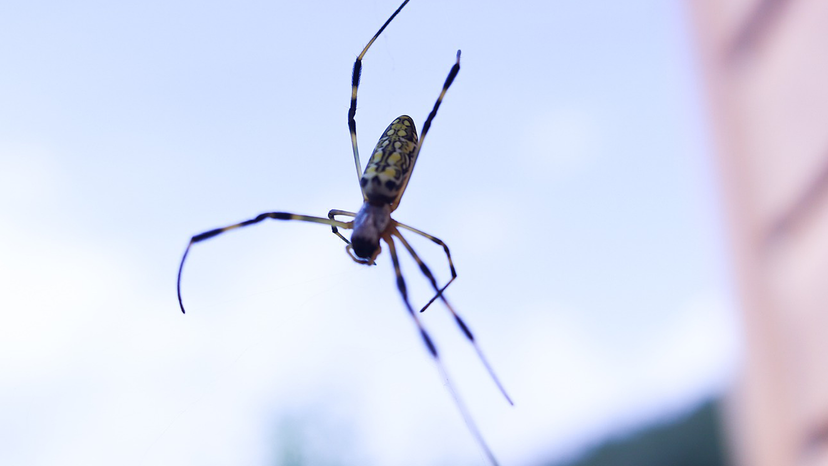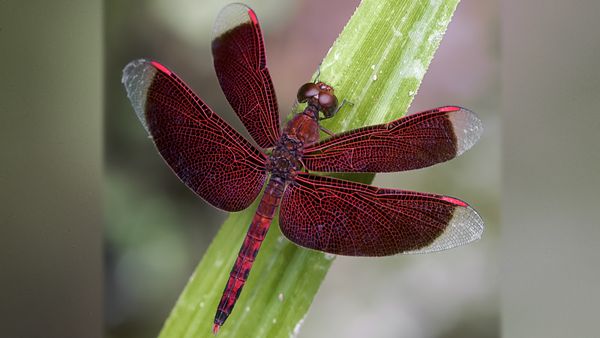Okay, enough about flatties. Lots of other spiders can go airborne under the right circumstances, using a totally different process that involves silk.
If you've read the classic children's book "Charlotte's Web" by E.B. White, or seen one of its movie adaptations, then you already know where we're going with this. The story's title character is a kindly barn spider. After Charlotte passes away, her pig friend Wilbur watches all but three of the arachnid's children float into the distance on little balloons made of silk.
White wasn't just using artistic license here; this "ballooning" behavior is something naturalists have known about since the 17th century. Some spider species, such as joro spiders, can form there silk threads into a parachute-like mechanism which lets them ride the wind to new hunting or breeding areas.
Various flying spiders have the ability to travel through the air for literally hundreds of miles (or hundreds of kilometers) by riding strands of their own silk. Doing so helps the airborne spiders populate new territories.
Ballooning is popular with baby spiders, or "spiderlings," who might run the risk of getting eaten if they hang around their parents and siblings too long. However, some adult spiders use the same transportation method.
Experiments conducted in Berlin indicate that ballooning crab spiders raise their front legs upwards to test the wind before gliding. It would also seem they'd prefer to stay grounded unless there's a warm breeze outside moving at less than 9.8 feet (3 meters) per second.
Furthermore, at least some spiders use electric fields to acquire lift and become airborne when they go ballooning — as demonstrated by a 2018 paper in Current Biology.
One last thing: Did you know floating spiders have been seen cruising along as high as 2.48 miles (4 kilometers) above ground level? Yeah, maybe don't tell your arachnophobe friends about that...


